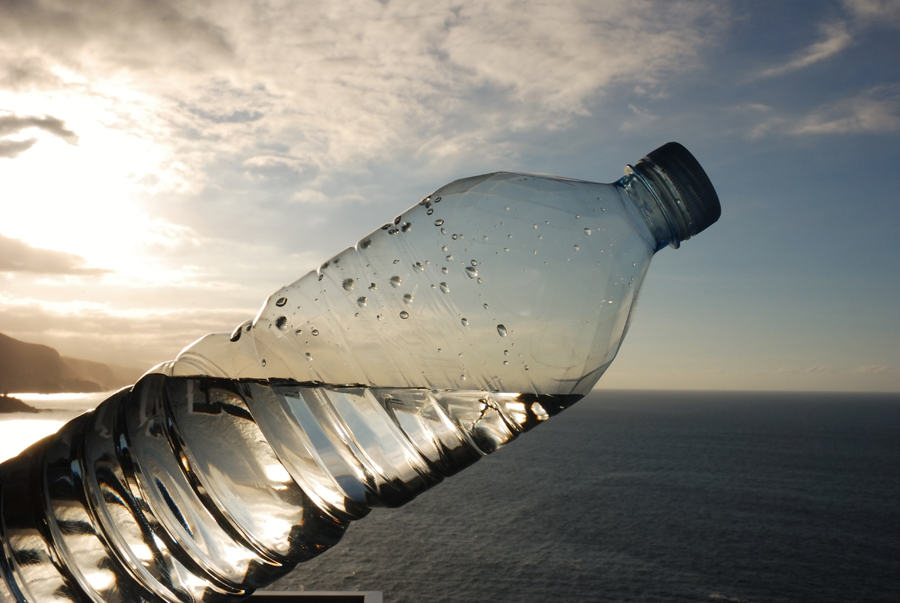What is desalination
Desalination is the process by which the dissolved mineral salts in water are removed. Currently, this process, applied to seawater, is one of the most used to obtain fresh water for human consumption or agricultural purposes.
Desalination occurs naturally during the water cycle: The evaporation of seawater leaves salt behind and forms clouds that give rise to rain. Aristotle observed that evaporated and condensed seawater would turn into fresh water, and Da Vinci realized that it was easy to obtain using a still.
Water issues have become an extremely pressing global threat. With climate change comes unprecedented environmental impacts: torrential flooding in some areas, droughts in others, rising and falling sea levels. Add to that the threat of overpopulation — and the demand and pollution a swelling population brings — and water becomes one of the paramount environmental issues to watch for in the next generation.
There are a few common methods to achieve this:
- Reverse Osmosis: This is the most widely used method. It involves forcing salt water through a semi-permeable membrane that filters out salt and impurities.
- Distillation: This process heats the salt water until it evaporates, leaving the salt behind. The vapor is then condensed back into liquid form as fresh water.
- Solar Desalination: Using solar energy, salt water is evaporated and then condensed into fresh water. This is often used in small-scale or emergency situations.
Desalination Process
During reverse osmosis, saltwater is forced through a semipermeable membrane that allows water molecules to pass through while all other impurities, including salt, are held back. Here’s a look at the step-by-step process of reverse osmosis desalination:
- To set up a reverse osmosis desalinator, you first need an intake pump at the source of the seawater.
- Next, you need to create flow through the membrane. This will cause water to pass through the salted side of the membrane to the unsalted side. Pressure comes from a water column on the salted side of the membrane. This will both remove the natural osmotic pressure and create additional pressure on the water column, which will push the water through the membrane. Generally, to desalinate saltwater, you need to get the pressure up to about 50 to 60 bars.
- Feed water is then pumped into a closed container. As the water passes through the membrane, the remaining feed water and salt solution become more concentrated. To reduce the concentration of the remaining dissolved salts, some of the feed water and salt solution is taken out of the container because the dissolved salts in the feed water would continue to increase and thus require more energy to overwhelm the natural osmotic pressure.
- Once water is flowing through the membrane, and the pressure is equal on both sides, the desalination process begins. After reverse osmosis has occurred, the water level will be higher on the side where salt was added. The difference in water level is caused by the addition of the salt and is called osmotic pressure; generally, the osmotic pressure of seawater is 26 bars. The quality of water is determined by the pressure, the concentration of salts in the feed water, and the salt permeation constant of the semi-permeable membrane. To improve the quality of the water, you can do a second pass of membrane.
Role of Desalination in Combating Water Scarcity
Desalination for water plays a crucial role in addressing water scarcity, providing a reliable and local water source, especially in areas where traditional water sources are under threat. For example, the Colorado River, a significant water source for San Diego, is experiencing diminishing flow rates due to reduced snowfall in the Rocky Mountains, possibly a result of climate change.
Disadvantages of Reverse Osmosis
After the water is filtered, you’re left with lovely drinking water. But on the other hand, you have a whole mess of salt left to deal with. What do you do with the brine, which usually contains twice the amount of salt as seawater
Another big problem with reverse osmosis water systems is the water that is a wasted byproduct. Studies show various reverse osmosis systems can waste between 3 and 20 times as much water as they produce.
Conclusion
The world’s biggest seawater desalination plants are crucial steps towards securing a sustainable and reliable source of freshwater in regions grappling with water scarcity. These facilities exemplify the potential for technology and innovation to address pressing global challenges. However, it is imperative that we continue to advance desalination technology while carefully considering its environmental and economic implications. By doing so, we can ensure that desalination remains a viable and sustainable solution to the world’s growing water scarcity problem.


0 Comments